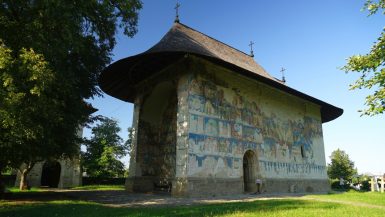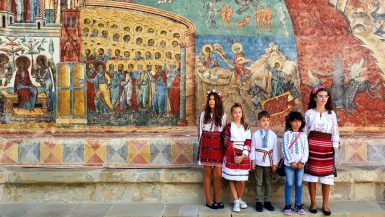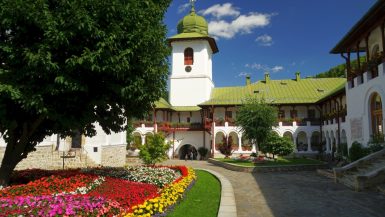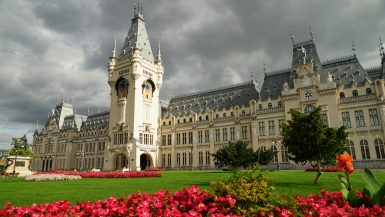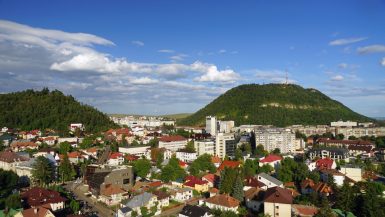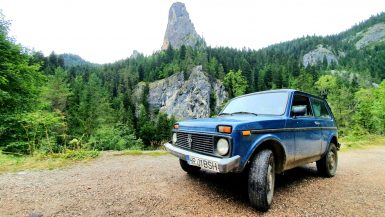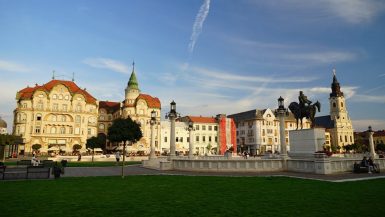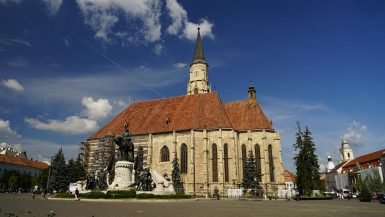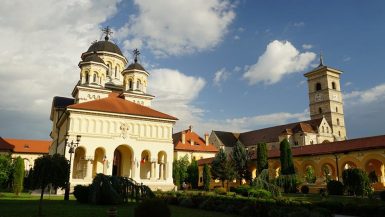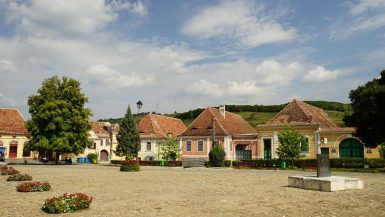The highlight of the small Arbore church is a scene from Genesis (entrance 10 ROL), which adorns the western wall. It is the only church in the region with no belfry towers because it was not built by a prince, the monastery was founded in 1503 by Luca Arbore, the advisor of Stephen the...
